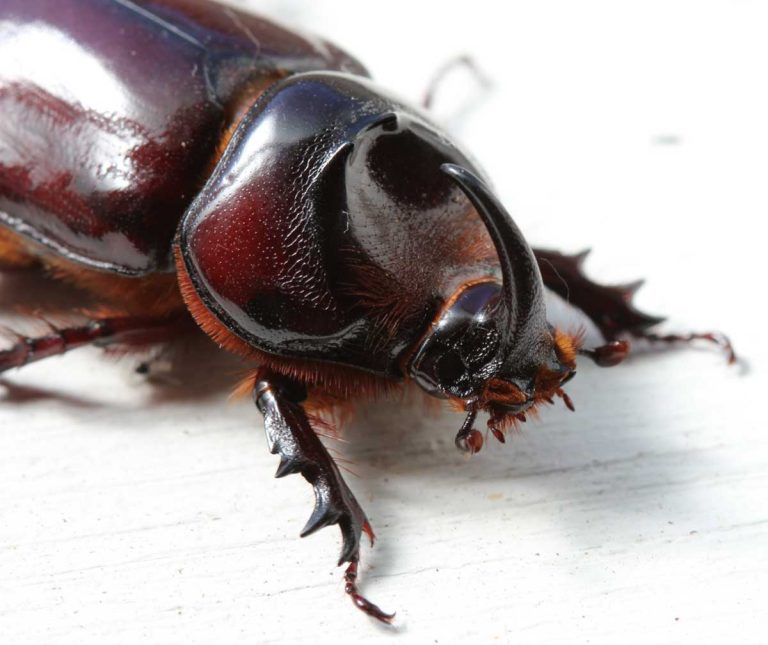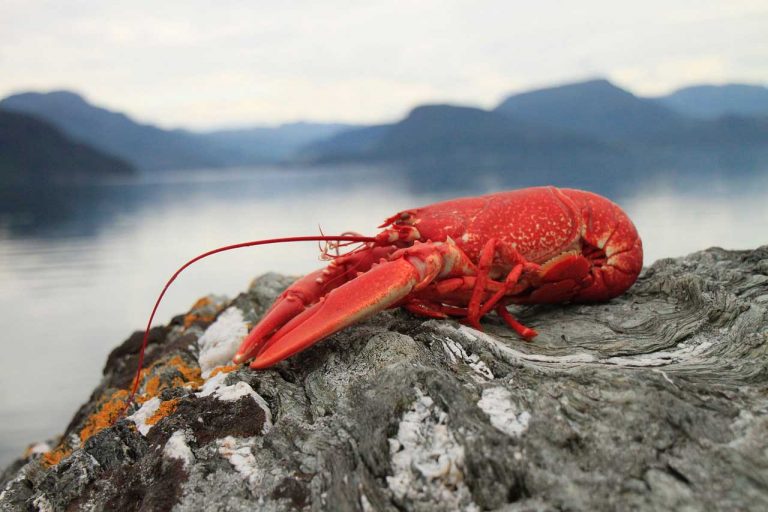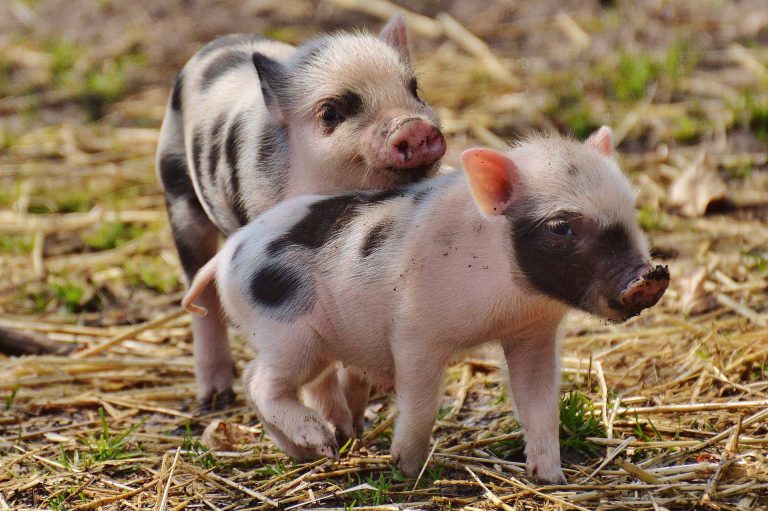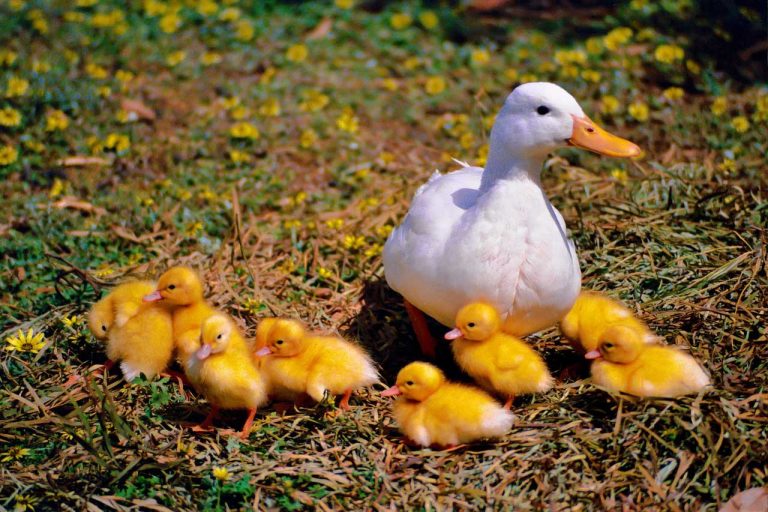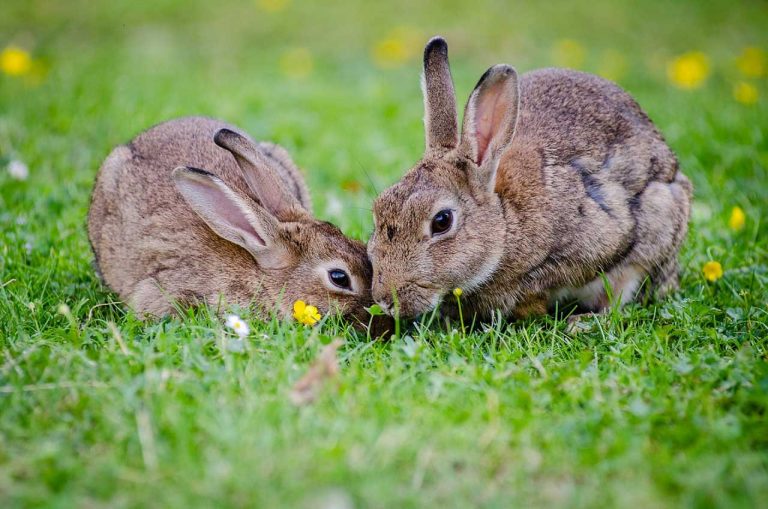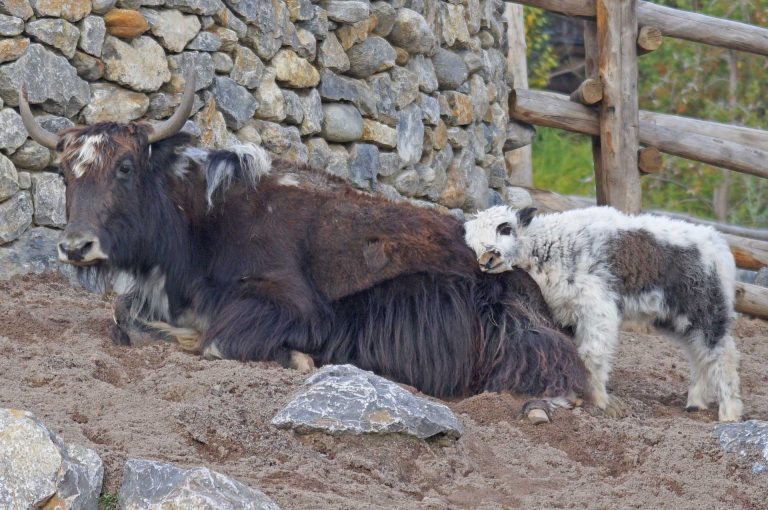Turkey
Turkey is a big bird, belonging to the genus Meleagris, and is endemic to America. A species, Meleagris Gallopavo, also known as domestic or wild turkey can be mainly found in the North American forests, especially near Mexico. Another species Meleagris Ocellata, also known as ocellated turkey is endemic to the Yucatan Peninsula forest regions. The male turkey of both these species possesses a unique fleshy protuberance or wattle that hangs on the snood or the beak. The male turkey birds are more colorful and larger than the female ones, like in the Galliformes.
The turkey was primarily domesticated by the Indians residing in the pre-Columbian Mexico. This bird was first introduced in the Spain region during 1519, and from there, it was introduced throughout the Europe, and reached England by the year 1541. They became quite popular in England and European regions due to their colorful plumage. But after 1935, the breeding practice increased mainly for its meat quality.
Description
Turkeys of all races are basically found in dark shade with green and bronze plumage. The Adult male turkey has a bumpy and naked head in red color, which turns white and shades of blue, when this bird gets too excited. The other distinctive features of this bird are the red fleshy and long ornament known as snood that is seen stretching from the forehead till the bill, coarse hair-like feathers on the breast part, a fleshy part seen in the throat and the leg spurs. The male species are 130 cm in length, and attains a body weight of around 10kgs, whereas the female hens only attain half the weight of the males. They are found mainly near the woodlands surrounding the water areas. They feed on seeds, lizards, insects and frogs. This bird runs rapidly in alarming conditions, but cannot fly much longer due to their heavy body weight.
Mating
Similar to the other birds, the turkeys also undergo some courtship rituals before mating. The male turkeys spread its tail, shake its quills with sound and droops the wings. It also moves its head back and forth, struts about, as well as, make continuous gobbling sounds. The skin near the neck, head and the fleshy nodules turn bright red and blue in color, and the snood on its forehead elongates during the courtship rituals. Once the female bird reaches near him, the male bird dances around her. The display of dance is considered to attract the female, and entice her to mate with the male. Turkeys are usually polygamous in nature; hence they will mate with different partners. The sign of a female turkey to mate is by lowering her body in front of the male she wishes to.
Reproduction
The female turkey birds, after mating, search for a good nesting site. They are basically seen nesting in the ground to lay eggs. They choose an area that is well hidden with brushes to avoid predation. They lay one egg every day, till the clutch has 11 eggs. The eggs hatch within 28days. The small baby turkeys are referred to as poults. In the initial period, they stay in the ground nest and get attention and care from their mother for two weeks, after which, the babies are able to fly, and they reach the tree branches with their mother. But the turkeys grown in farm are unable to fly due to their overweight, gained by injecting hormones.
Turkey as Food
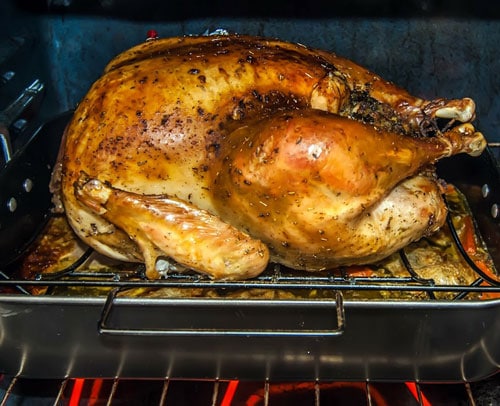
Turkey meat is very popular, especially during the Christmas feasts in all parts of the world, since the 16th century after it was introduced in England. It is considered as the main course food for a thanksgiving ceremony in Canada and United States. In some parts, turkey was not considered as a good food for special occasions, but soon it changed, and turkey meat became a year round dish and an important part of people’s diet. Turkey meat is available in all forms similar to chicken, like grounded, whole meat and sliced, with feet, head and feathers pruned. The most popular is the frozen turkey in a whole form. Sliced form of turkey meat is more popular as cold cuts or sandwich meat. It is also sometimes used in recipes as a substitute for chicken. The Grounded form of turkey sometimes also substitutes for beef. Wild turkeys, even if they are the same as the domesticated ones, are very different in taste and flavor. Most of the turkey meat is dark, even the breast-part, and has an intense flavor compared to the domesticated turkey meat. The flavors also largely depended on the available forage. The meat tasted a gamier flavor during the summer period, as they mainly fed on insects during the preceding months. The turkey that feeds mainly on the grains and grass possess a milder flavor. The eggs of turkey are not very popular like the ones of chicken, quail or duck, because the turkey as a whole has more demand in the commercial world. Even their egg production is comparatively less, when compared to the other birds. The price of a single egg of turkey species is approximately US $3.50 in the commercial market, which is more than the price of a dozen eggs of chickens.
Behavior
Young turkeys domesticated turkeys can fly only short distances, roost and perch. These behaviors diminish as they start to mature, but the adults continue to climb over branches or straw bales. The young ones can frivolously run that looks like playing. The commercially grown turkey exhibit diverse behaviors, including wing-flapping, leg stretching, feather ruffling and dust bathing. They are social in nature and get disturbed, when left alone. The adult forms are very clever, and can recognize the new turkey in their group. It may also lead to attacking the individual turkey by the whole group. These birds are very vocal, and within the group, the social tension could be monitored by the vocalization of these birds. The aggressiveness in these birds can be understood by the high pitched trill, which leads to the intense sparring with each other. They may try to grasp or peck the head of the opponent turkeys, and this severity increases in adult birds.
Farming
The turkey bird has many species around the world, but not all the species are suitable for farming. For profitable business, only a few breeds are mainly bred. These breeds eat less, but the whole feed is converted into meat in a small period of time. Such a breed is the Broad-breasted White turkey. The meat of this breed, when raised on a small farm is very tasty, compared to commercially grown ones. In commercial farming, proper fencing and housing are very essential, similar to that of chickens.

Having discovered a fondness for insects while pursuing her degree in Biology, Randi Jones was quite bugged to know that people usually dismissed these little creatures as “creepy-crawlies”.


